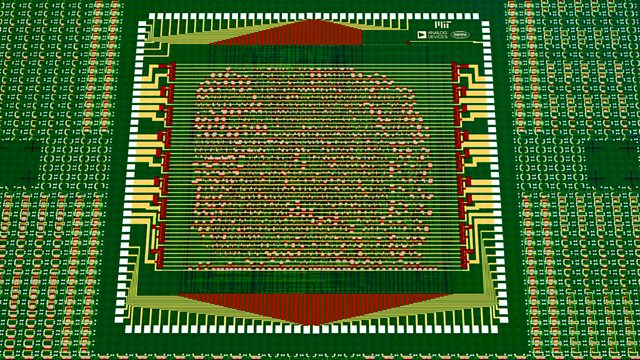Nanotube computer says hello
A computer processor made of carbon nanotubes is unveiled to the world. Also, would more satellites and space stations help us get further into the solar system?
A computer processor made of carbon nanotubes is unveiled to the world. Also, the continuing quest for nuclear fusion energy, and the stats on crocodile attacks since the 1960s.
Satellites have transformed our lives, giving us digital communications, navigation and observations of Earth, and even an artificial place to live above the atmosphere: The International Space Station. But, would more of these satellites and stations help us get back to the Moon, as well as further into the solar system? What else would astronauts need for living beyond Earth? We ask the engineers working on the possibilities – from communications satellites that could transform lunar missions to a brand new moon-orbiting space station: The Lunar Gateway.
These technologies could help humans get back to the Moon, and perhaps one day to Mars, for hopefully reduced costs – but funding missions beyond our planet still isn’t going to be cheap. Why might we need deep space-based infrastructure, and how could it help humanity back here on Earth?
(Photo: The world's first 16 bit microprocessor made of carbon nanotubes. Credit: Max Shulaker)
Last on
More episodes
Broadcasts
- Sun 1 Sep 2019 14:06GMT���˿��� World Service Americas and the Caribbean
- Sun 1 Sep 2019 15:06GMT���˿��� World Service News Internet
Podcast
-
![]()
Unexpected Elements
The news you know, the science you don't


